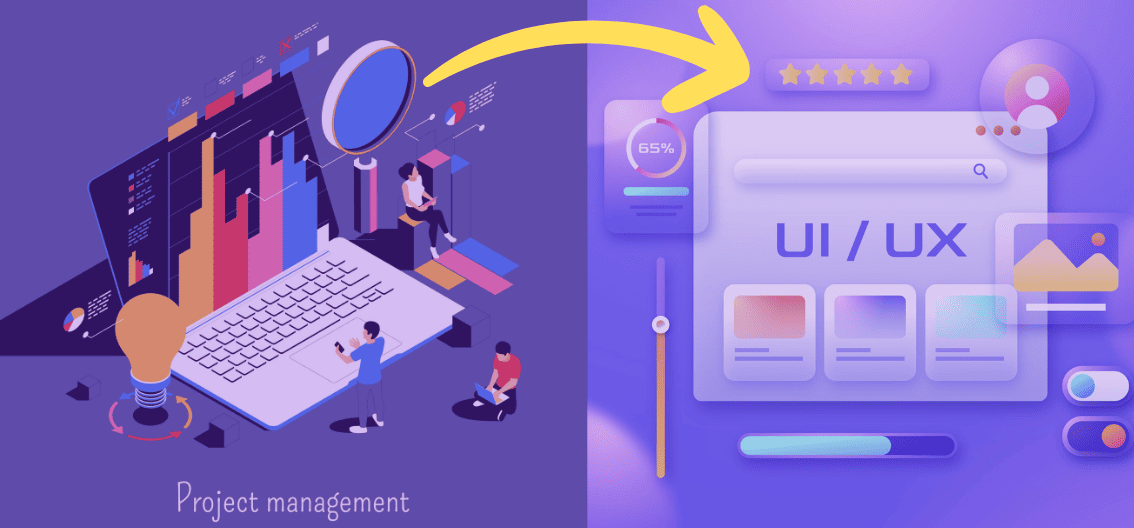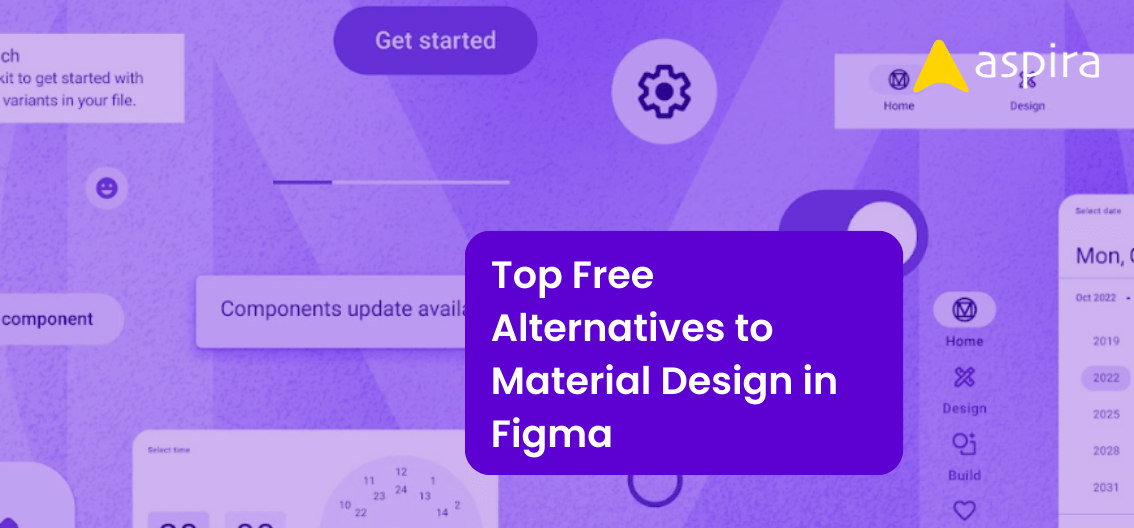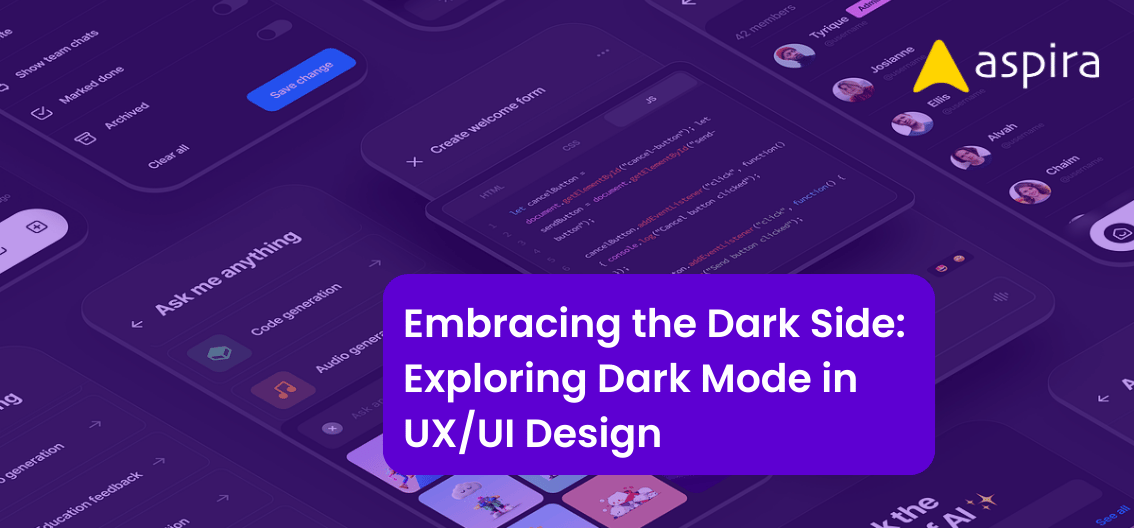UX Design - Mentor & Author.
20 Mar, 2024

In the ever-changing world of work, many people reach points where they consider changing their career paths. One increasingly popular shift involves moving from project management to user experience (UX) design. Although both roles play crucial roles in project success, they vary widely in their priorities and required skills. This article aims to examine the distinctions and similarities between project management and UX design, understand the motivations behind professionals making this transition, and offer guidance on navigating this change effectively.
Difference between Project Management and UX Design:
Focus and Objective:
Project Management involves coordinating projects to meet goals, stay on budget, and finish on time. UX Design aims to enhance user experience through intuitive, visually appealing interfaces that cater to user needs.
Skill Sets:
Skill sets for Project Management include planning and organization, while UX Design requires skills in user research and creativity.
Timeline vs. Iterative Process:
In terms of timelines, Project Management follows a linear structure, with clear stages and milestones, emphasizing sequential planning and execution. In contrast, UX Design adopts an iterative approach, allowing designers to continually refine and enhance designs based on user feedback. The focus here is on adaptability and the flexibility to make changes throughout the design process.
Measuring Success:
Success in Project Management is typically gauged by adherence to the initial plan, meeting deadlines, and staying within budget. In UX Design, success hinges on end-user satisfaction, measured through key metrics like usability, user engagement, and achieving user-centric goals.
Common Things About Project Management and UX Design:
Effective Communication:
Both project managers and UX designers require strong communication skills to collaborate with cross-functional teams, stakeholders, and clients. Clear and concise communication ensures everyone is aligned with project goals.
User-Centric Approach:
While the primary focus of UX design is on users, project managers also need to consider user needs during the planning and execution of projects. Both roles involve understanding and addressing user requirements.
Collaboration and Teamwork:
Success in both project management and UX design relies on effective collaboration and teamwork. Cross-functional cooperation is essential for project success, whether it’s delivering a project on time or creating a user-friendly interface.
Continuous Improvement:
Both roles require a commitment to continuous improvement. Project managers use post-project evaluations to identify areas for improvement in future projects. UX designers iterate on designs based on user feedback, striving for constant improvement.
Adaptability to Change:
Both project managers and UX designers need to be adaptable to changing circumstances. Projects may face unexpected challenges, and the ability to adjust plans or designs accordingly is crucial for success in both domains.
Reasons to Switch From Project Management to UX Design:

Passion for Creativity:
Individuals with a creative inclination may find the design aspect of UX more fulfilling than the organizational aspects of project management.
User-Centric Focus:
The desire to directly impact the end user experience and contribute to creating products that resonate with users can be a compelling factor for making the switch.
Market Demand:
With the increasing emphasis on user-centric design in the tech industry, there’s a growing demand for skilled UX designers, providing ample career opportunities.
Personal Growth:
Transitioning to UX design fosters personal and professional growth, enabling individuals to diversify their skills in a more hands-on, creative role.
How to Transition from Project Management to UX Design
Assess Your Skills and Open Up to Learning:
Understand your current skill set and be open to learning. Acknowledge that transitioning to UX design is a process, requiring the humility to embrace being a beginner once again.
Choose Your Learning Path:
Decide whether to enroll in a UX design bootcamp, pursue a university program, or opt for self-taught learning based on your existing knowledge and personal preferences.
Gain Practical Experience:
Apply your newfound skills by engaging in real-world projects or contributing to open-source initiatives. Practical experience is invaluable when shifting to a new role.
Build a Comprehensive UX Portfolio:
Develop a portfolio showcasing not just finished products but also explaining your thought process, research, and decision-making. Infuse personality, provide detailed explanations, and highlight your unique creative approach.
Conclusion
Shifting from project management to UX design offers a rewarding journey, leveraging existing skills for personal and professional growth. Whether driven by creative problem-solving, influencing product development, or career advancement, the transition promises a fulfilling career. Wishing you the best of luck in your career switch, and may you find joy in your design endeavors!


